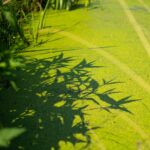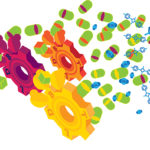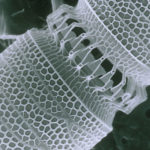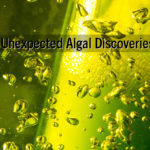A new study co-led by Graham Fleming, a senior faculty scientist in the Molecular Biophysics and Integrated Bioimaging (MBIB) Division, and Krishna Niyogi, a faculty scientist in MBIB, reveals the precise molecular machinery that underpins photoprotective memory in green algae. The results may help scientists develop more productive plants and improve crop yields.
Bioscientists to Receive DOE Funding for Biomanufacturing and Microbiome Research
Biosciences researchers are among the recipients of four new DOE awards. Two awards will focus on reducing carbon emissions while producing bioenergy. The other two are aimed at understanding the role of microbiomes in the biogeochemical cycling of elements like carbon.
Biosciences Area Scientists Talk Diatoms in Genome Insider Podcast
In the latest episode of JGI’s monthly podcast, Genome Insider, Alison Takemura interviews Setsuko Wakao and Kris Niyogi, biologists at UC Berkeley and in Berkeley Lab’s Molecular Biophysics and Integrated Bioimaging (MBIB) Division. In this 20-minute episode, they discuss their research on a tiny group of algae with insanely gorgeous exterior shells.
JGI, EGSB Team Describe Green Algae Discovery
In PNAS, a research team led by Sabeeha Merchant at UC Berkeley has found numerous examples of polycistronic expression – in which two or more genes are encoded on a single molecule of mRNA – in two species of green algae. Go here to watch a video about the work.
A Molecular Switch for Photosynthesis and Lipid Accumulation
Using a forward genetics approach, a team of Biosciences researchers revealed that the enzyme hexokinase (HXK1), which is involved in sugar metabolism in organisms ranging from bacteria to plants to humans, is necessary for the regulation of photosynthesis and metabolism in the green alga Chromochloris zofngiensis. Kris Niyogi, a faculty scientist in Molecular Biophysics and Integrated Bioimaging (MBIB), was senior author on the paper, published in Nature Communications Biology.
- 1
- 2
- 3
- 4
- Next Page »
Was this page useful?


